4x4electric surpasses 29,000km on their epic African adventure
Geotab partners with 4x4electric to prove the suitability of EVs for undertaking mammoth journeys
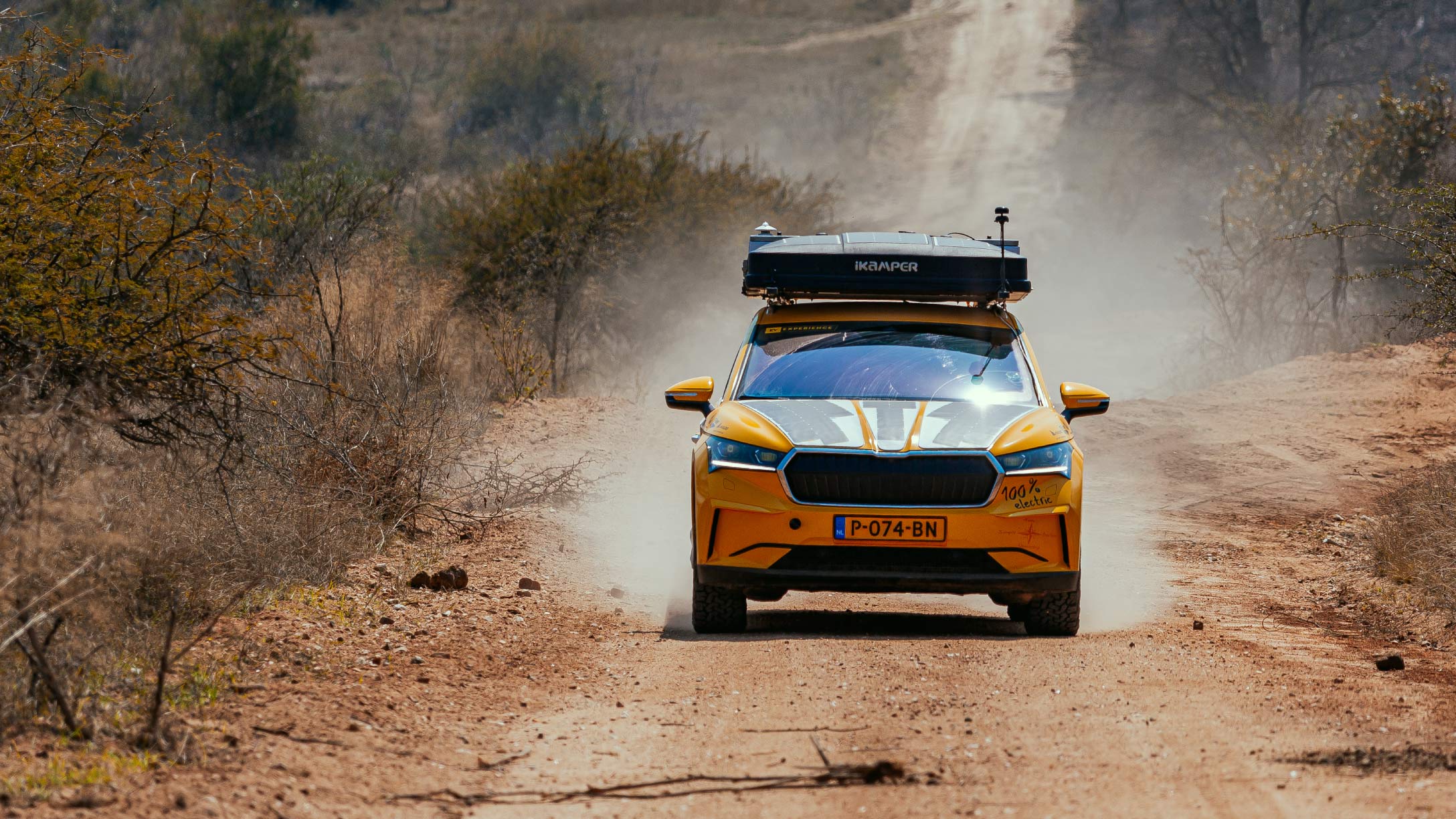
Renske Cox and Maarten van Pel, the founders of ‘4x4electric’, have now covered over 18,000m, circumnavigating the African continent in an Electric Vehicle (EV). Geotab is partnering with 4x4electric, supporting them with vehicle telematics and near real-time insights.
In this second part of our content series chronicling their journey, we touched base with them to learn about the challenges – and highlights – they’ve experienced so far. And the data they’re leveraging with the help of Geotab’s telematics.
Geotab: Congratulations on reaching South Africa! How do you sum up your experience so far?
4x4electric: It’s been intense, both good and bad, though mainly good! It hasn’t always been easy, but that’s part of doing something like this.
From Ghana to Namibia, there were no blue skies for more than 4 months. And as we call ourselves “Solar Farmers”, that made things annoying! But it is entirely possible to drive it all the way with an EV – that was actually easier than we expected. However, the solar panels were vital as some sections of our journey had no grid. We drove solely on solar power for 2.5 months, from South Morocco to Ghana, which is about 3,400m.*
*Geotab data insight – If the same journey had been completed with a gasoline (petrol) vehicle averaging 8 litres per 62m, it would have emitted 9.6 tonnes of CO2.
Geotab: This is the first time a journey of this type has been attempted using solar as well as conventional electric power. How much of the journey has been completed using just the energy from the sun?
4x4electric: We drove 54% of our journey from Morocco to Cape Town using energy from solar panels.* We laid out our solar panels a total of 76 times!
*Geotab data insight – 4x4electric charged with solar panels for a little over 235 hours, charging on average 7.5 hours.
Geotab: And how challenging is that compared to using a recharging point?
4x4electric: In some ways it’s easier, because you can do it anywhere and the current is also higher, so you can charge more in a day with solar panels than with wall outlets. But then you can only charge when you have sun - and we had to drive through the rainy season.
Also you have to search for a spot where you have all the same angle for the panels - if one has a different angle, this can have a big impact on charging yield. The angle to the sun changed as we drove down too – it was 45 degrees to the south in South Morocco, directly above us in Cameroon, and then 55 degrees to the North in South Africa. Finding places to create those exact angles was tough.
Geotab: How have you found the electric charging infrastructure to be across Africa?
4x4electric: South Africa has a fast charging network, and Morocco and Kenya have some chargers as well. In these countries, we’re able to drive the same distances we can travel in Europe. Namibia and Angola are also investing in their charging infrastructure.
Geotab: How do you know where to find the charge points?
4x4electric: That’s a great question, and there have been some funny stories. Namibia’s two fast charging stations are in the capital and we wanted to use them as it felt quite cool! When we were there, we met someone that said there were so few EVs in the country, that they have their own Whatsapp group. If a charging station is in use, they’ll message in and say “I’ll park next to you and open my charging outlet, and you can stick it in when you’re finished.”
The PlugShare app shows most of the charge points in the countries that don’t have many charge points. Then when you find one, you find more. At the border into Lesotho, we met some people who had just installed 6 level 2 units that weren’t on any map - one was at a hotel, we parked next to it, and asked the receptionist if we could use it. They didn’t even know it was there, but now that we’ve used it, it’s on our map and others can find them. Maybe more EVs will now go to Lesotho!
Geotab: How has Geotab's telematics helped you on your journey?
4x4electric: It’s been most important to us for routing and for our safety – with the near-real time location data, our NGO has always been able to see where we are. Our position is also on our website dashboard with a 3 day delay for our supporters to follow.
We would encourage anyone who wants to use our data to understand how our EV performed in different conditions to contact us.
Geotab: What are some of the most interesting sustainability projects that you have visited along your route?
4x4electric: We’ve been lucky to see some really unique sustainability initiatives. In Ghana, they are using drones to deliver medicine to really remote areas. The medicine can be there a lot quicker, and it doesn’t use fuel like a 4x4.
In Namibia, we saw how they are growing kelp in big amounts to make more sustainable foods and completely biodegradable packaging and fertiliser. There’s obviously a lot happening, but sometimes it’s difficult to find the initiatives. Frustratingly, sometimes the initiatives have found us after we’ve crossed the border away from them.
Geotab: You started off with some goals, have these shifted in any way over the course of your journey?
4x4electric: Only with regards to solar charging. Our initial goal was to charge 51% of the energy we required with our own solar panels. But when arriving in Cape Town, we decided to let go of that because in South Africa they have an almost perfect charging network and we’re almost in winter so charging with the panels is hard. Instead, there was a perfect solution for us to use and we wanted to experience that. So we let that goal go.
Geotab: And where do you go from here? What are the next few stops on your journey?
4x4electric: We’re heading to Mozambique for some snorkelling – and driving! Then Malawi, Tanzania and Kenya.
We have then decided to ship the car from Kenya because there is currently war in Sudan. Likewise, Ethiopia is becoming increasingly unsettled and it is enormously expensive and complex to get a foreign car through Ethiopia and Egypt. Many shipping companies are hesitant about shipping a used electric car, so we started looking for a route where we only had to go through this process once but could still travel overland as much as possible. So we are shipping the car to southern Europe: Italy, Greece or Turkey, then drive onto the Netherlands.
To learn more about the expedition take a look at our press release and follow their progress on the 4x4electric website and their expedition dashboard. And if you missed the first installment in our series, check it out here.
©Images by Shellingson
Subscribe to the Geotab Blog
The Europe Team writes about fleet news in Europe.
Subscribe to the Geotab Blog
Related posts
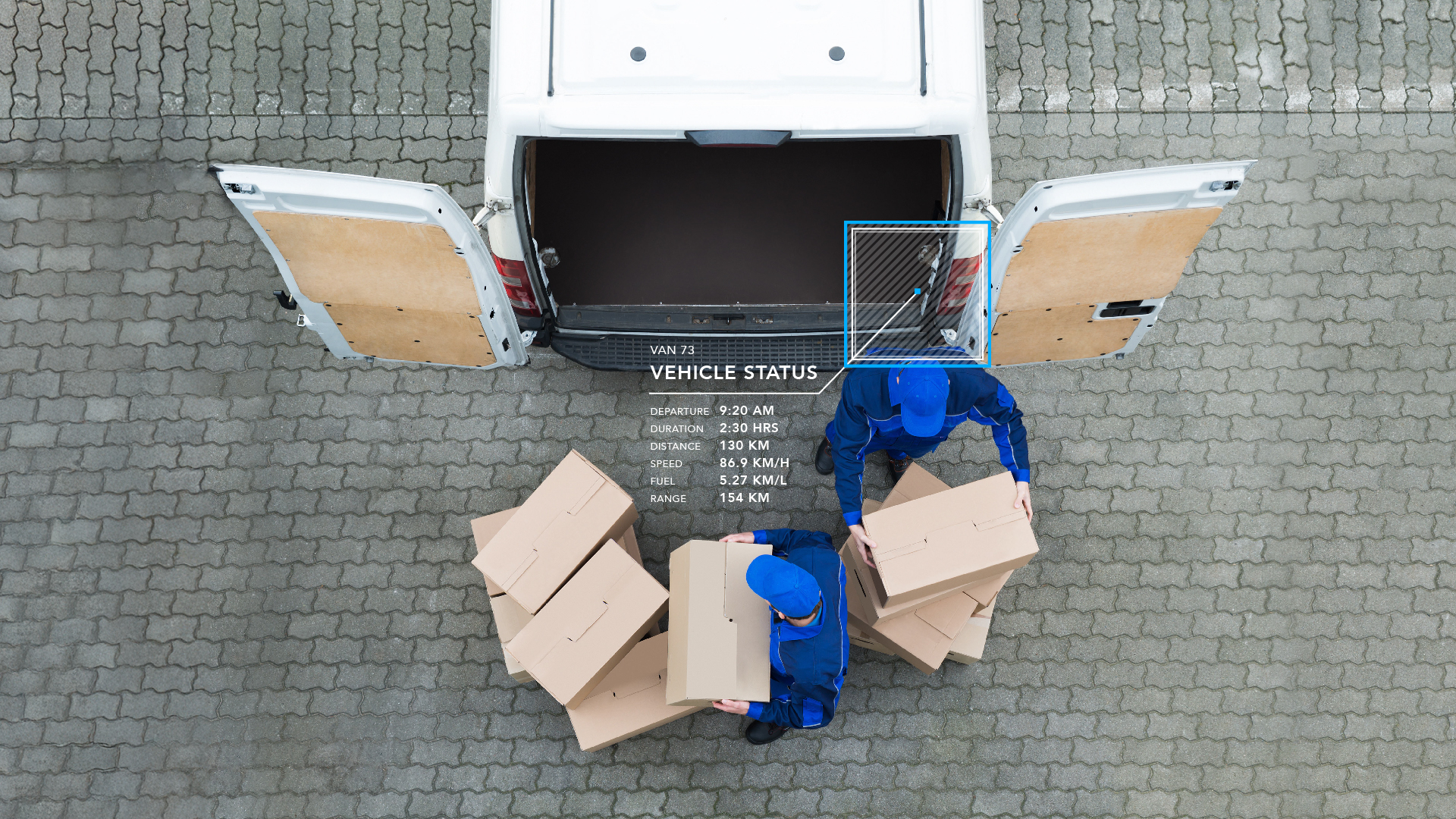
Strategic Implementation of Telematics for Optimising Last-Mile Delivery Operations
April 1, 2025
2 minute read
.jpg)
Lead with Trust: How Geotab Helps Businesses Navigate CSRD Compliance
March 19, 2025
2 minute read
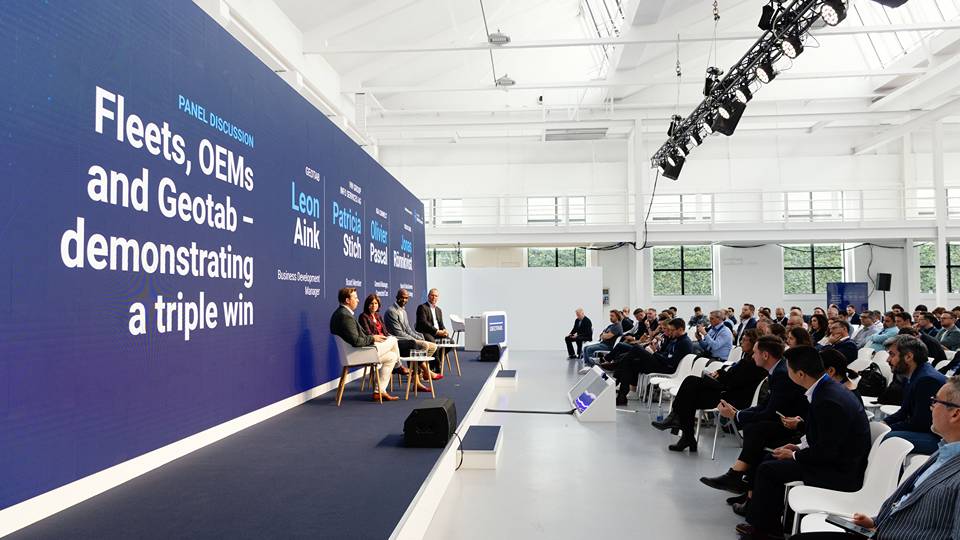
Data-Driven Innovations in Fleet Management: highlights from Geotab Mobility Connect 2024
November 28, 2024
3 minute read
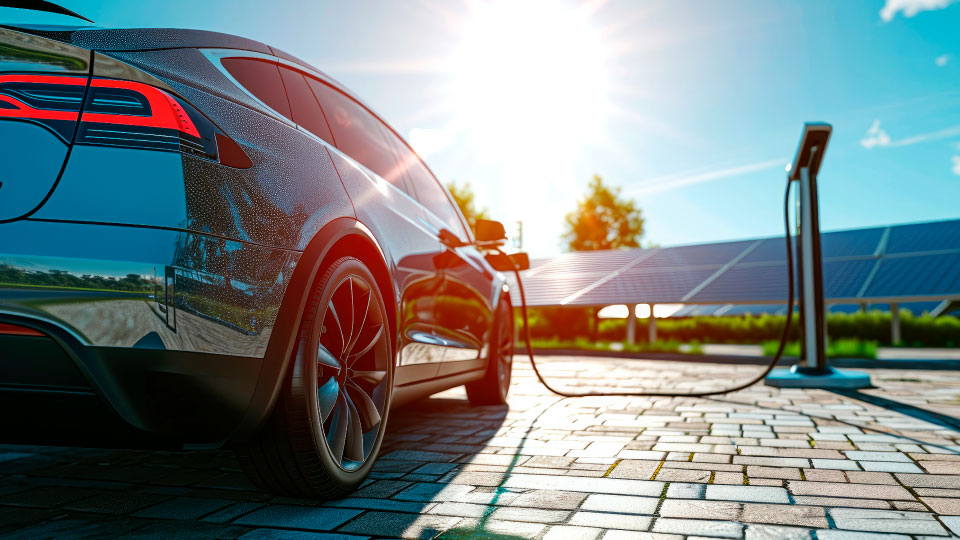
2030 or 2035, the UK Needs Meaningful Action on EVs Now
September 6, 2024
2 minute read
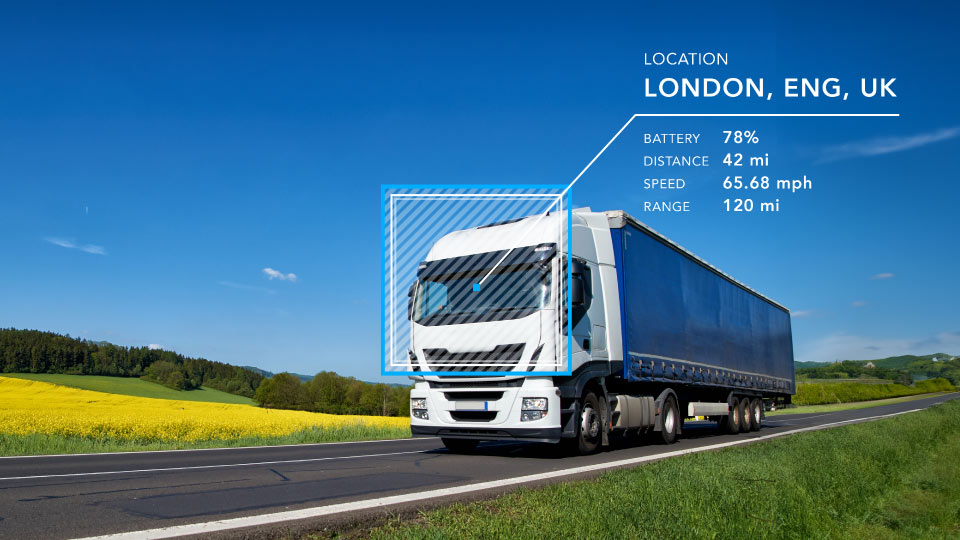
Driving smarter: Insights from Geotab’s “Taking Charge” Report
August 8, 2024
2 minute read
-EN-Na-final-July24_Card-1x.jpg)
Gross Vehicle Weight Rating: GVWR for heavy loads and lorries
June 26, 2024
2 minute read
